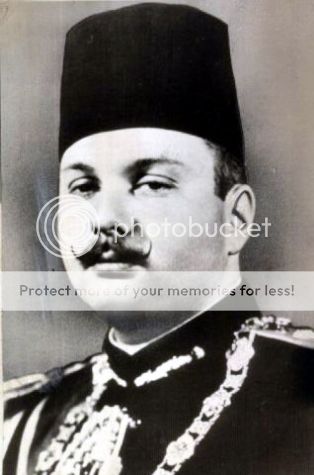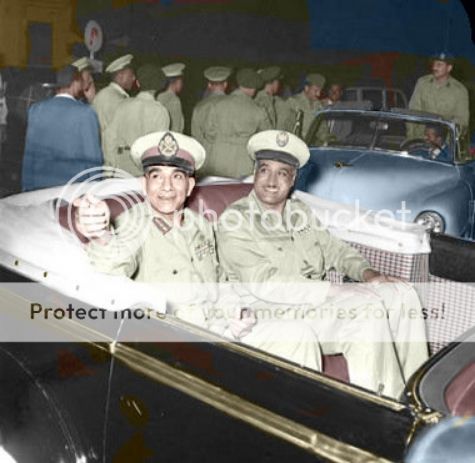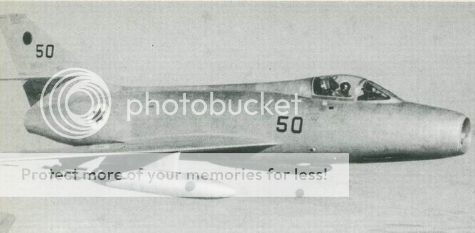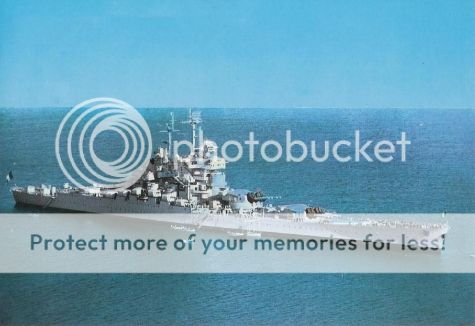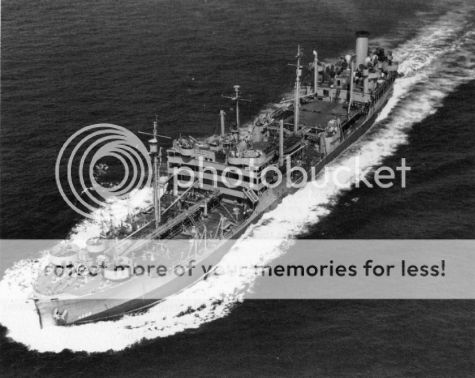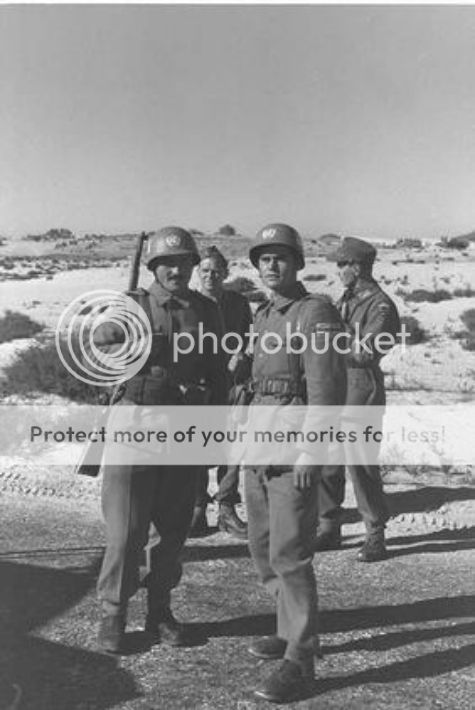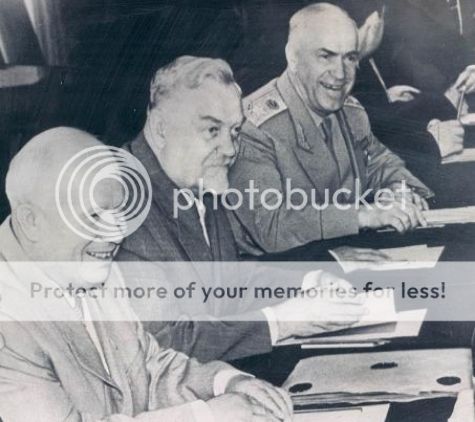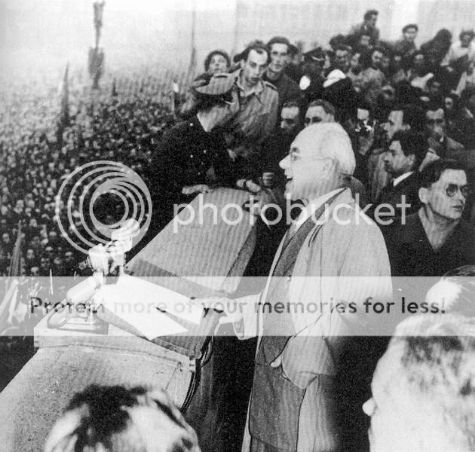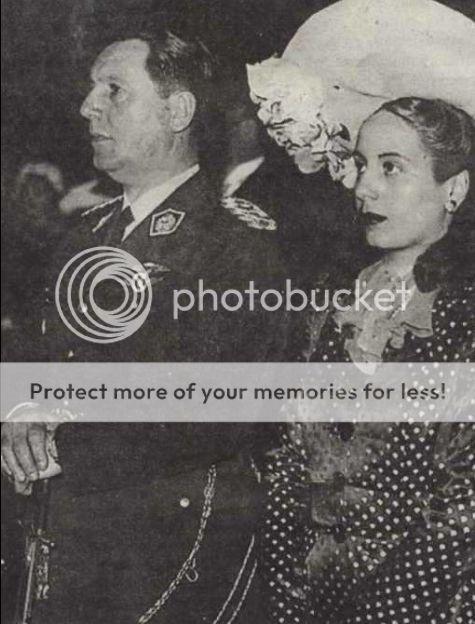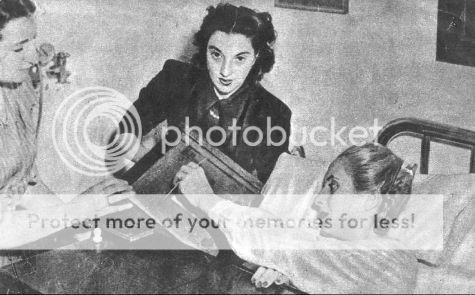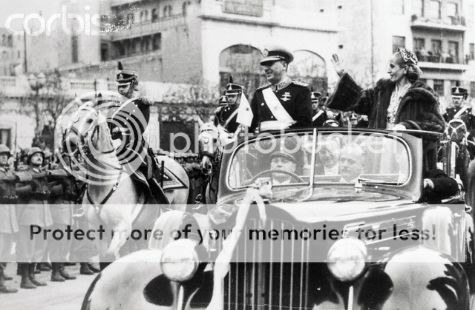Delta Force
Banned
Nixon: The First Term
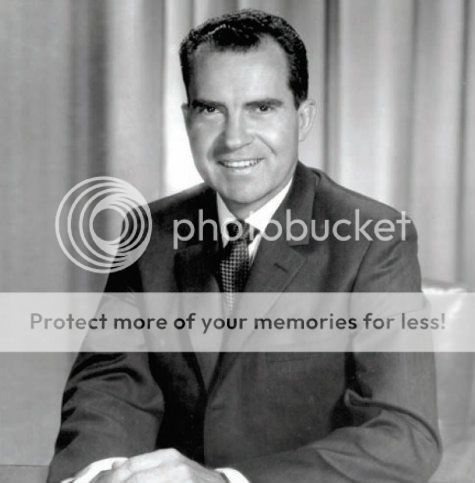
Richard Nixon was the second longest serving president of the United States, serving
9 years, 3 months, and 13 days between 1955 to 1965.
Richard Nixon was sworn in as president on October 8, 1955, following President Eisenhower's resignation to recover from a severe heart attack the prior month. From the beginning of his presidency it was clear Nixon would not be a typical president, having come to office as the youngest president in American history and the first to come to office as the result of a presidential resignation.
Less than a year into his term and at the height of the 1956 presidential campaign, Nixon was faced an October Surprise with the eruption of the Suez Crisis. Egyptian President Gamal Abdel Nasser had nationalized the Suez Canal in June, dealing a major blow to British and French interests. Israeli forces invaded the Sinai Peninsula in late October, followed by an Anglo-French intervention that seized the Suez Canal Zone days later. Eager to weaken the pro-Soviet government of Nasser and “aid our friends in their time of need”, Nixon pushed emergency financial and energy aid through Congress.
The invasion dealt Nasser’s pro-Soviet government and the Arab nationalist a fatal blow and contributed to Nixon’s landslide victory in 1956. The victory also strengthened the embryonic Baghdad Pact, consisting of pro-Western, largely monarchist governments. However, the death of Arab nationalism left a revolutionary vacuum in the region that was ultimately filled by the communist Arab Baathist parties and the Iranian Tudeh party. Nixon’s victory in the Suez would come to have major consequences, including the collapse of the Saudi monarchy in the 1980s to a communist revolution.
-----
I'm reviving my Need For Speed timeline and have decided to focus a bit on some of the events going on in the background. It is a timeline about an alternate jet age, but I also want to focus on the developments that made events come to be. You can see the timeline here, or you can click the link in my signature.

Richard Nixon was the second longest serving president of the United States, serving
9 years, 3 months, and 13 days between 1955 to 1965.
Richard Nixon was sworn in as president on October 8, 1955, following President Eisenhower's resignation to recover from a severe heart attack the prior month. From the beginning of his presidency it was clear Nixon would not be a typical president, having come to office as the youngest president in American history and the first to come to office as the result of a presidential resignation.
Less than a year into his term and at the height of the 1956 presidential campaign, Nixon was faced an October Surprise with the eruption of the Suez Crisis. Egyptian President Gamal Abdel Nasser had nationalized the Suez Canal in June, dealing a major blow to British and French interests. Israeli forces invaded the Sinai Peninsula in late October, followed by an Anglo-French intervention that seized the Suez Canal Zone days later. Eager to weaken the pro-Soviet government of Nasser and “aid our friends in their time of need”, Nixon pushed emergency financial and energy aid through Congress.
The invasion dealt Nasser’s pro-Soviet government and the Arab nationalist a fatal blow and contributed to Nixon’s landslide victory in 1956. The victory also strengthened the embryonic Baghdad Pact, consisting of pro-Western, largely monarchist governments. However, the death of Arab nationalism left a revolutionary vacuum in the region that was ultimately filled by the communist Arab Baathist parties and the Iranian Tudeh party. Nixon’s victory in the Suez would come to have major consequences, including the collapse of the Saudi monarchy in the 1980s to a communist revolution.
-----
I'm reviving my Need For Speed timeline and have decided to focus a bit on some of the events going on in the background. It is a timeline about an alternate jet age, but I also want to focus on the developments that made events come to be. You can see the timeline here, or you can click the link in my signature.
